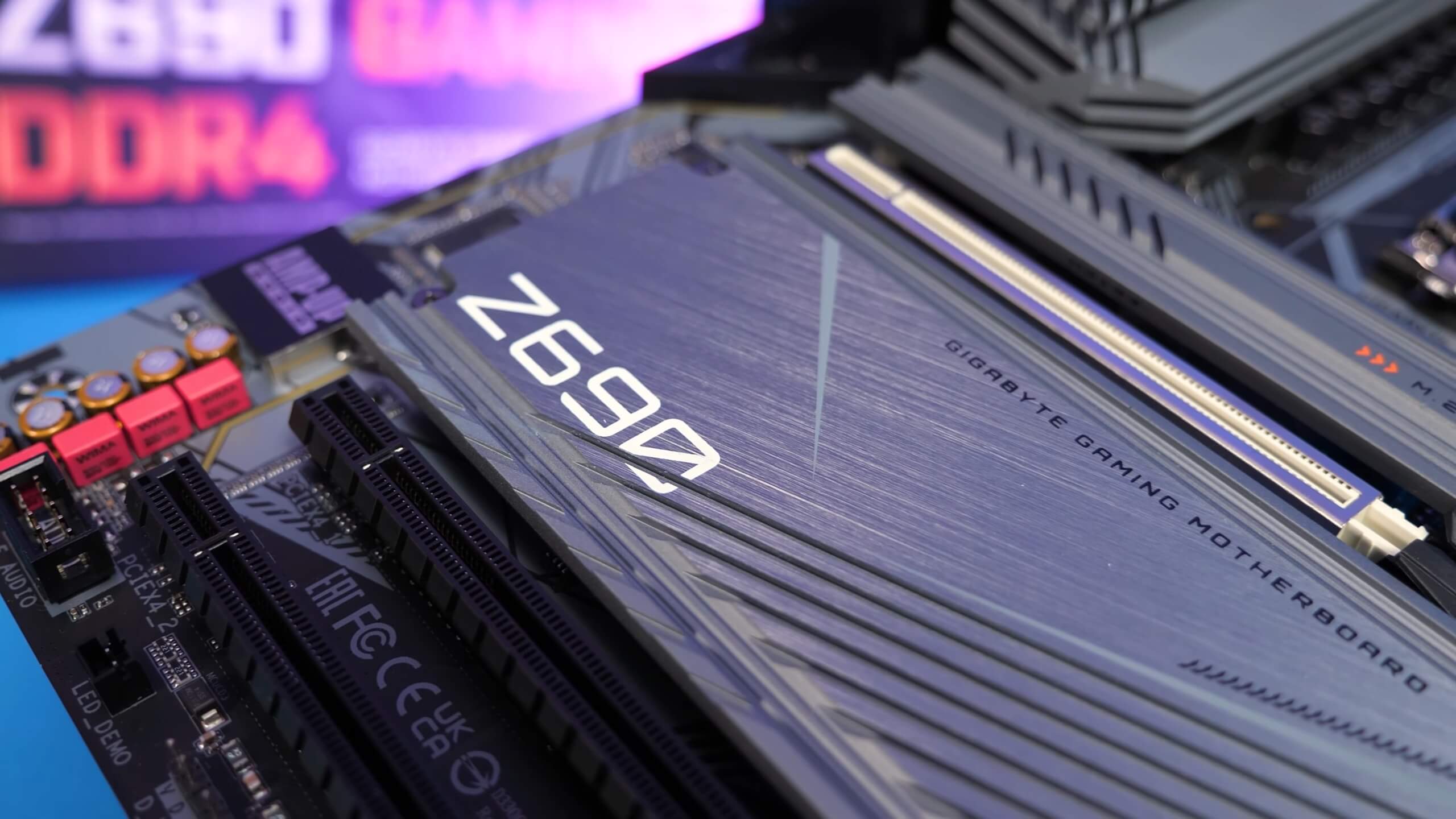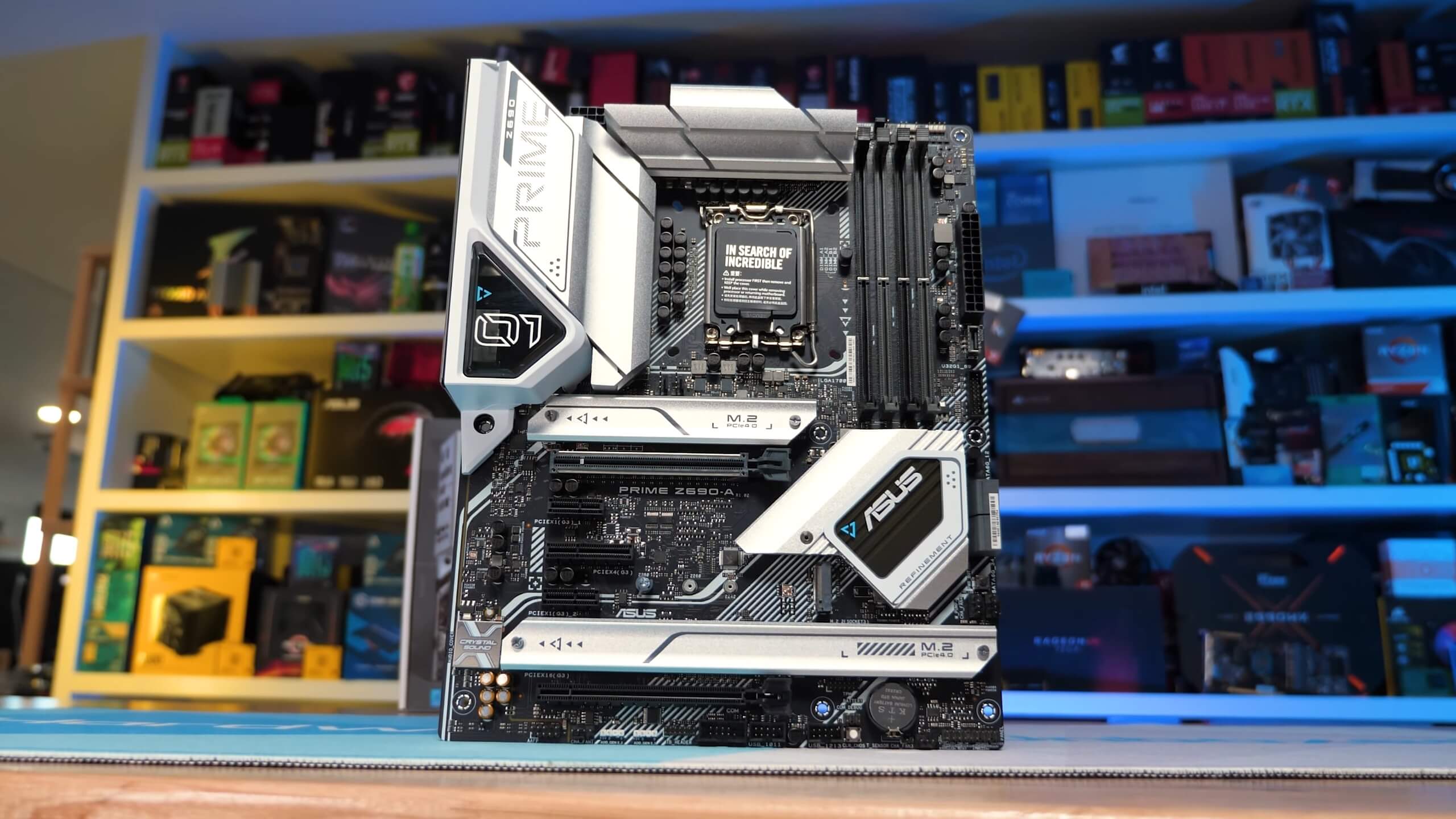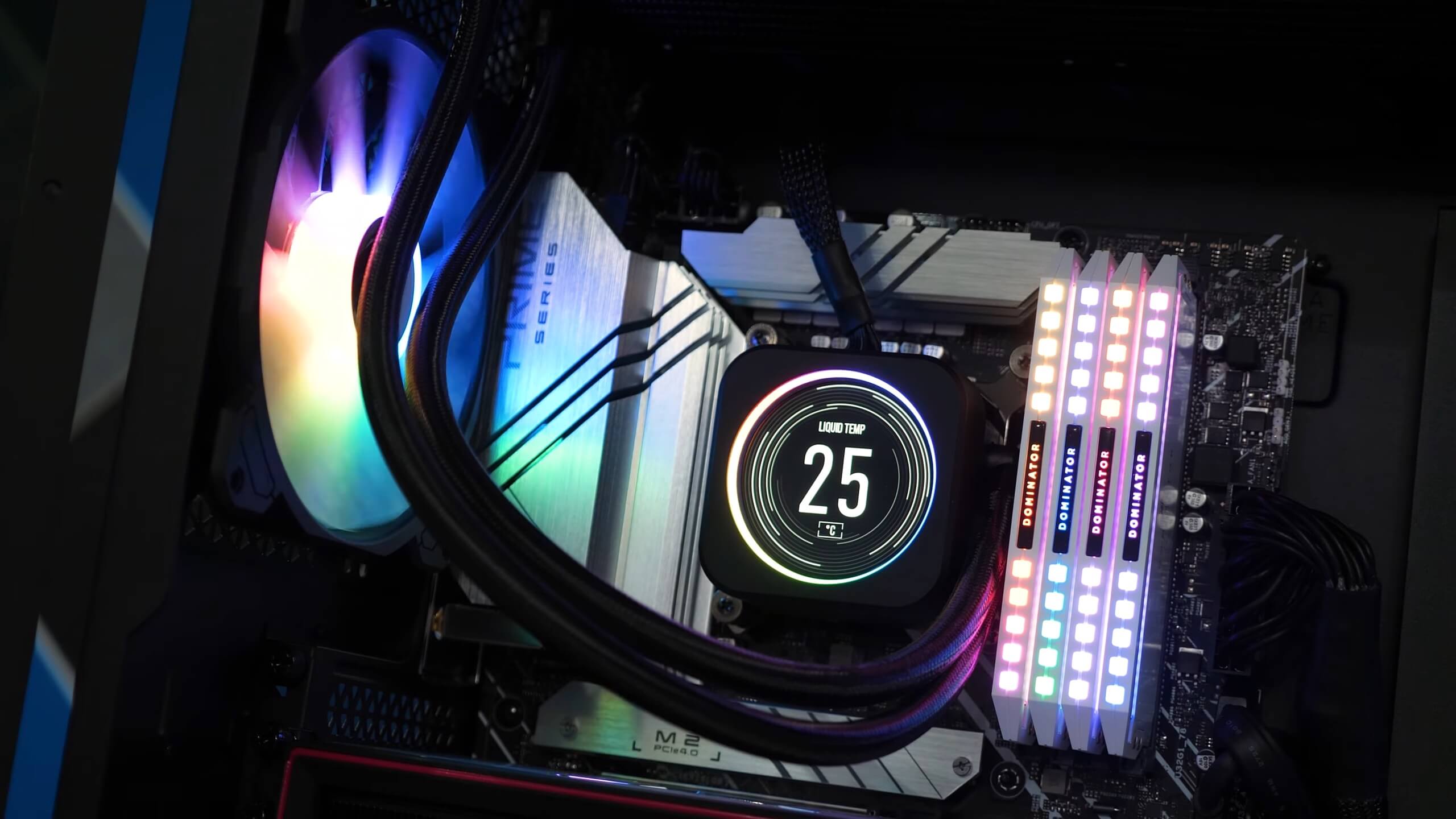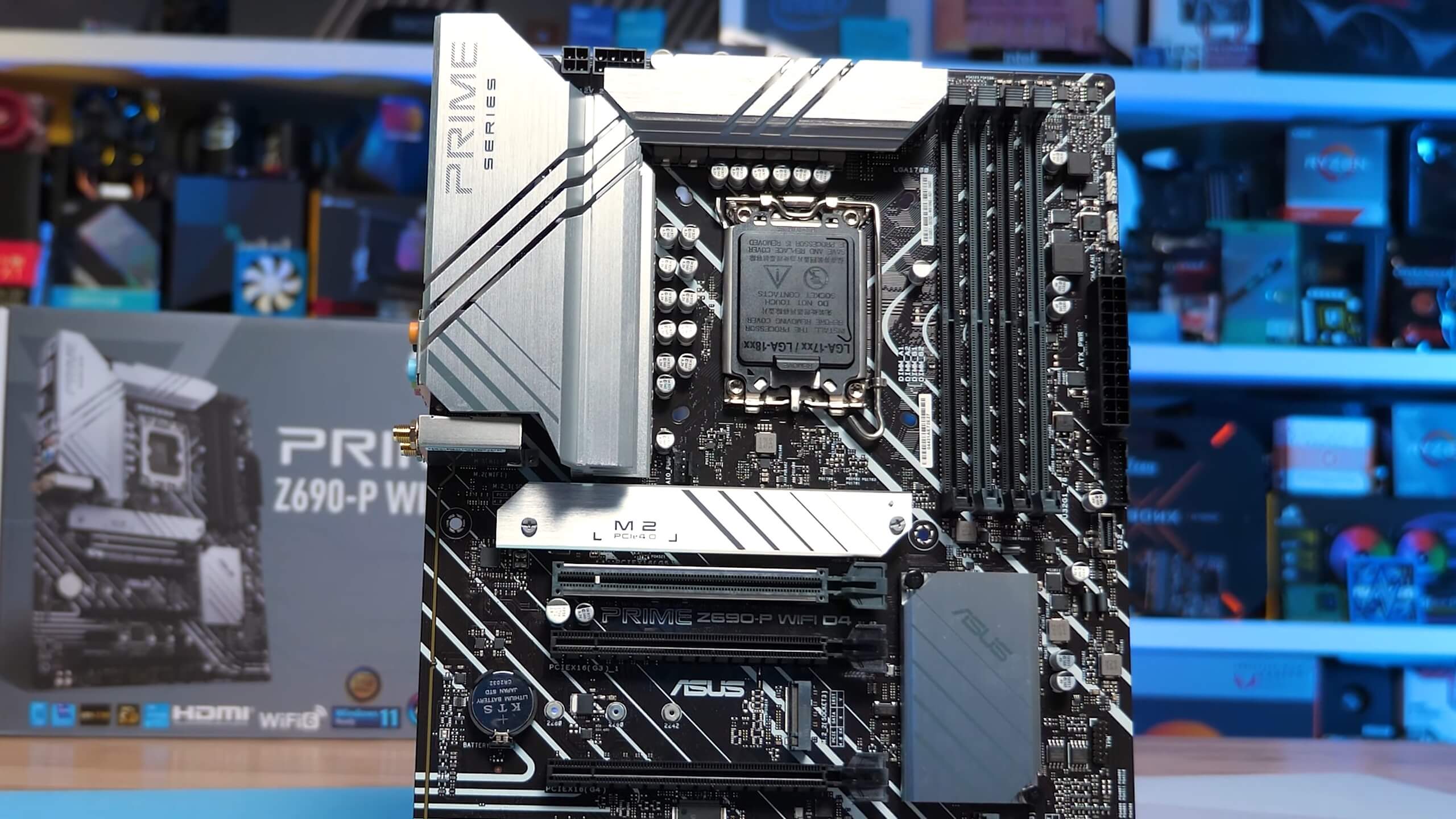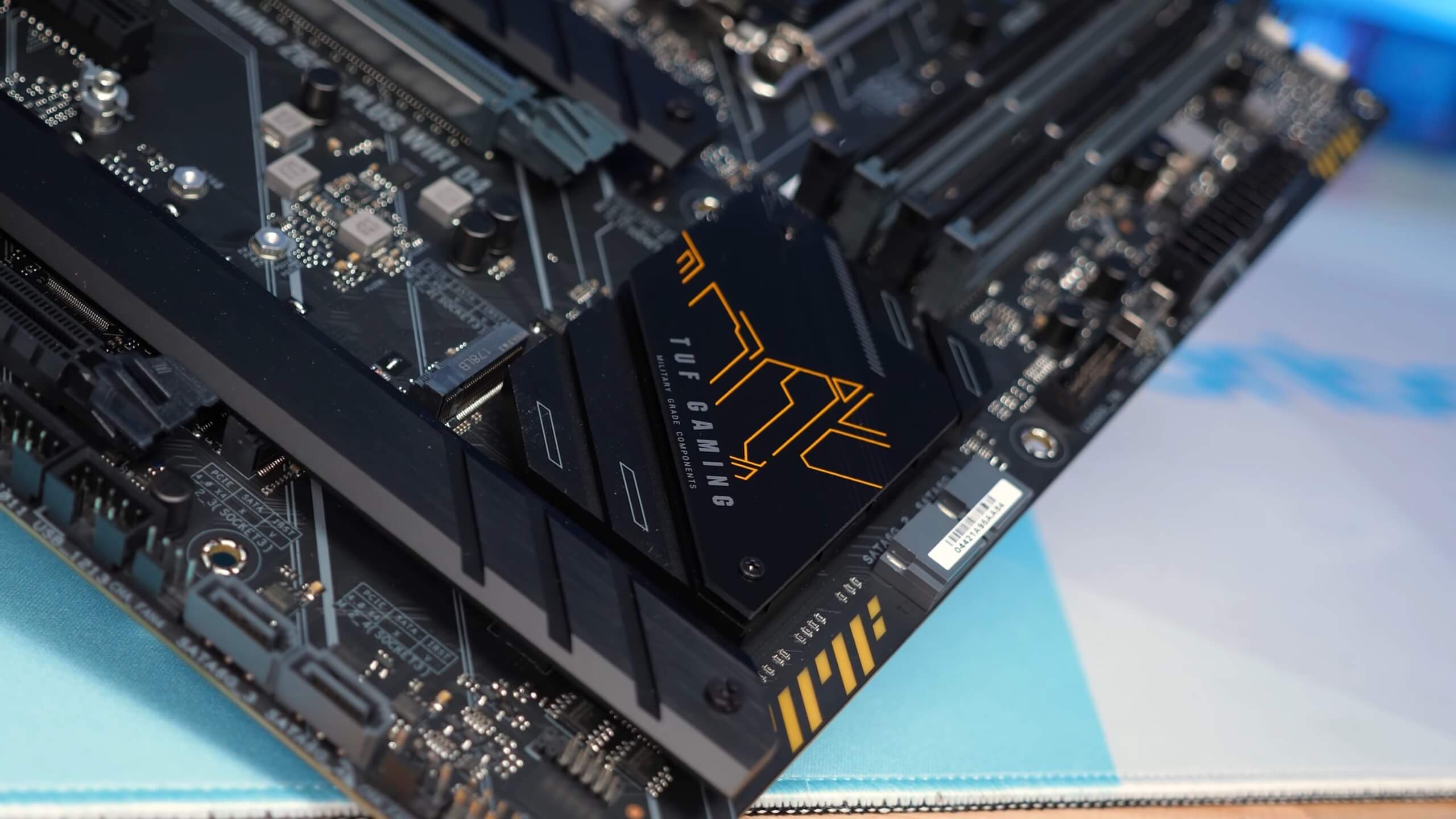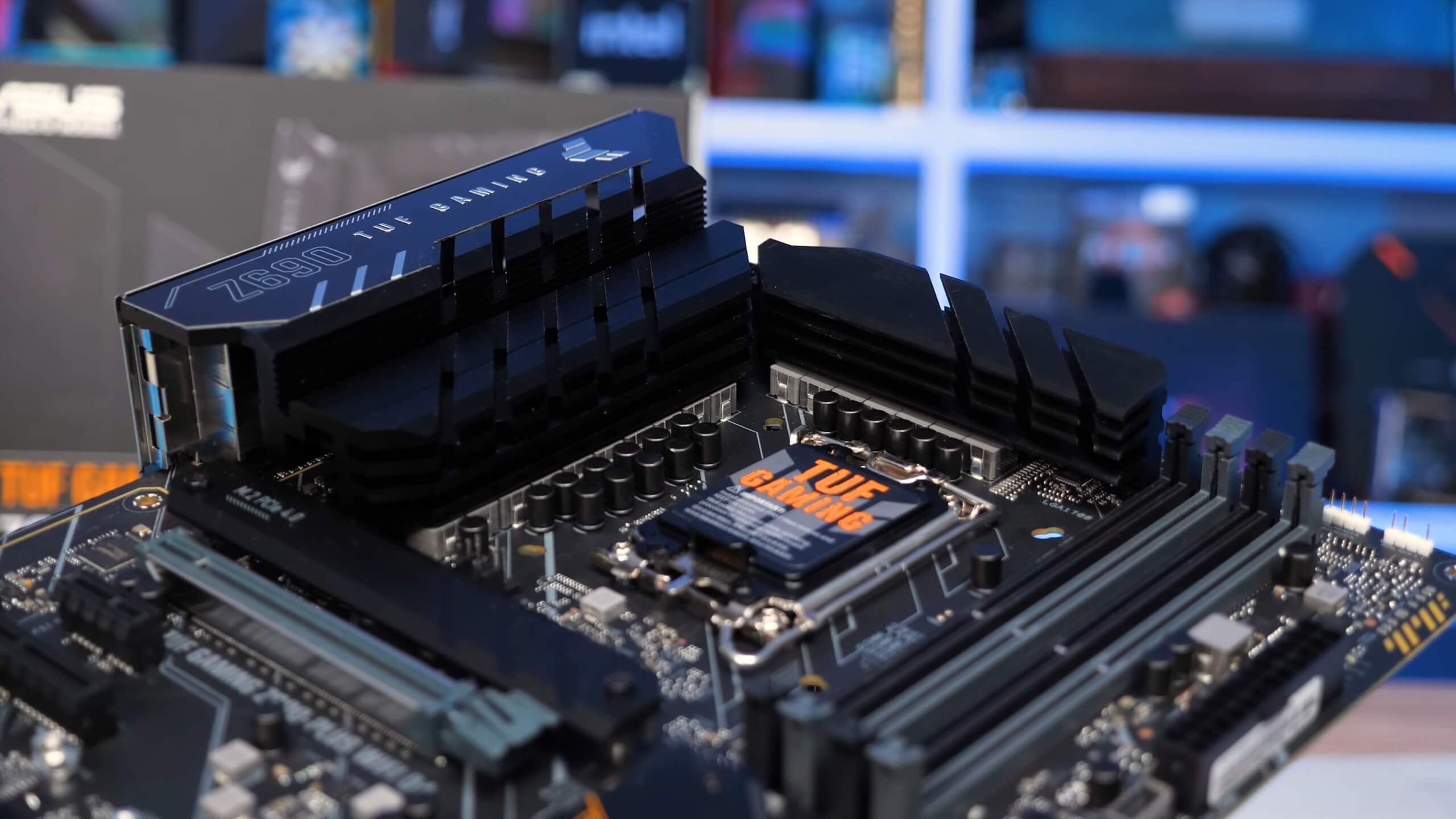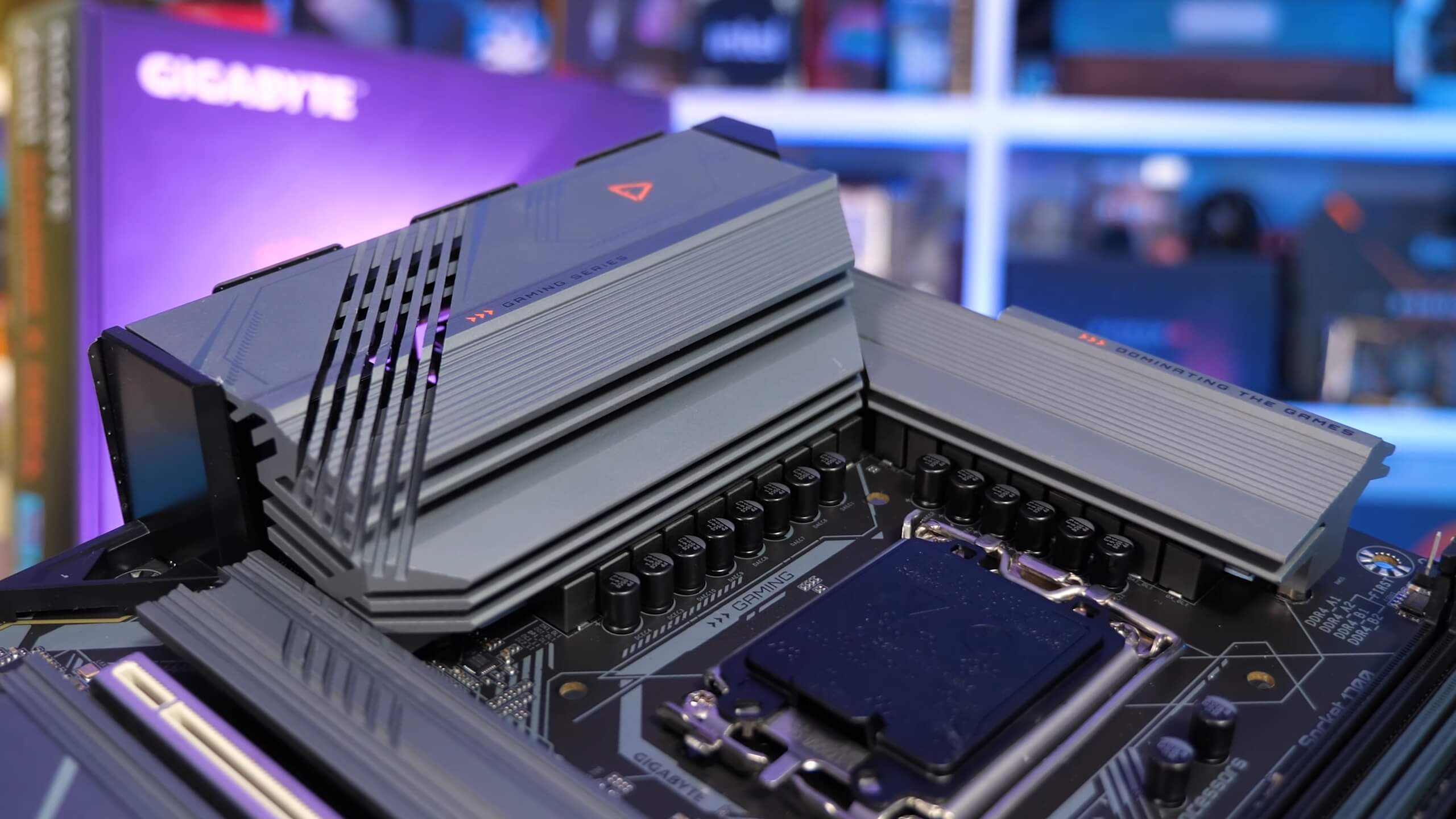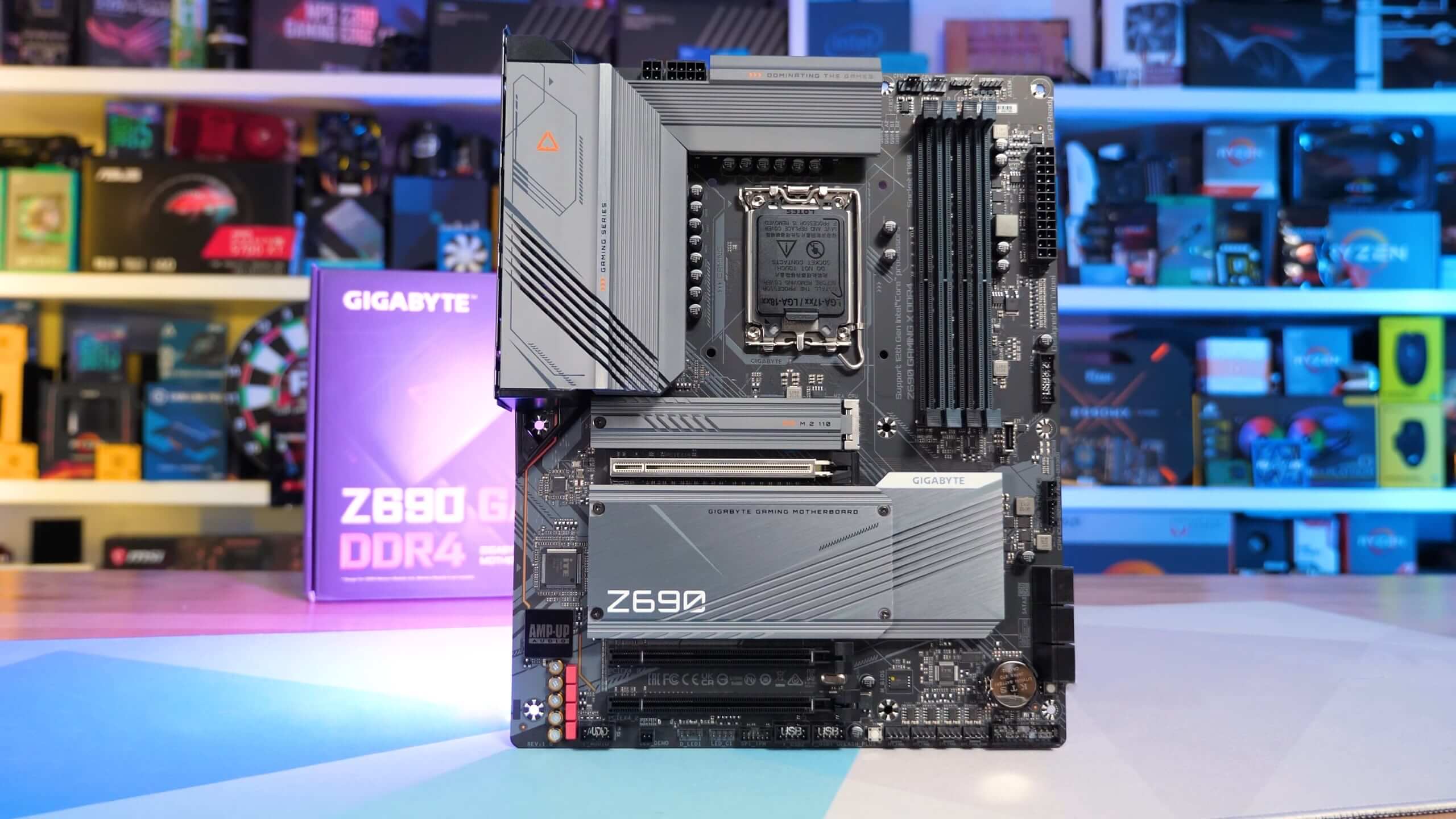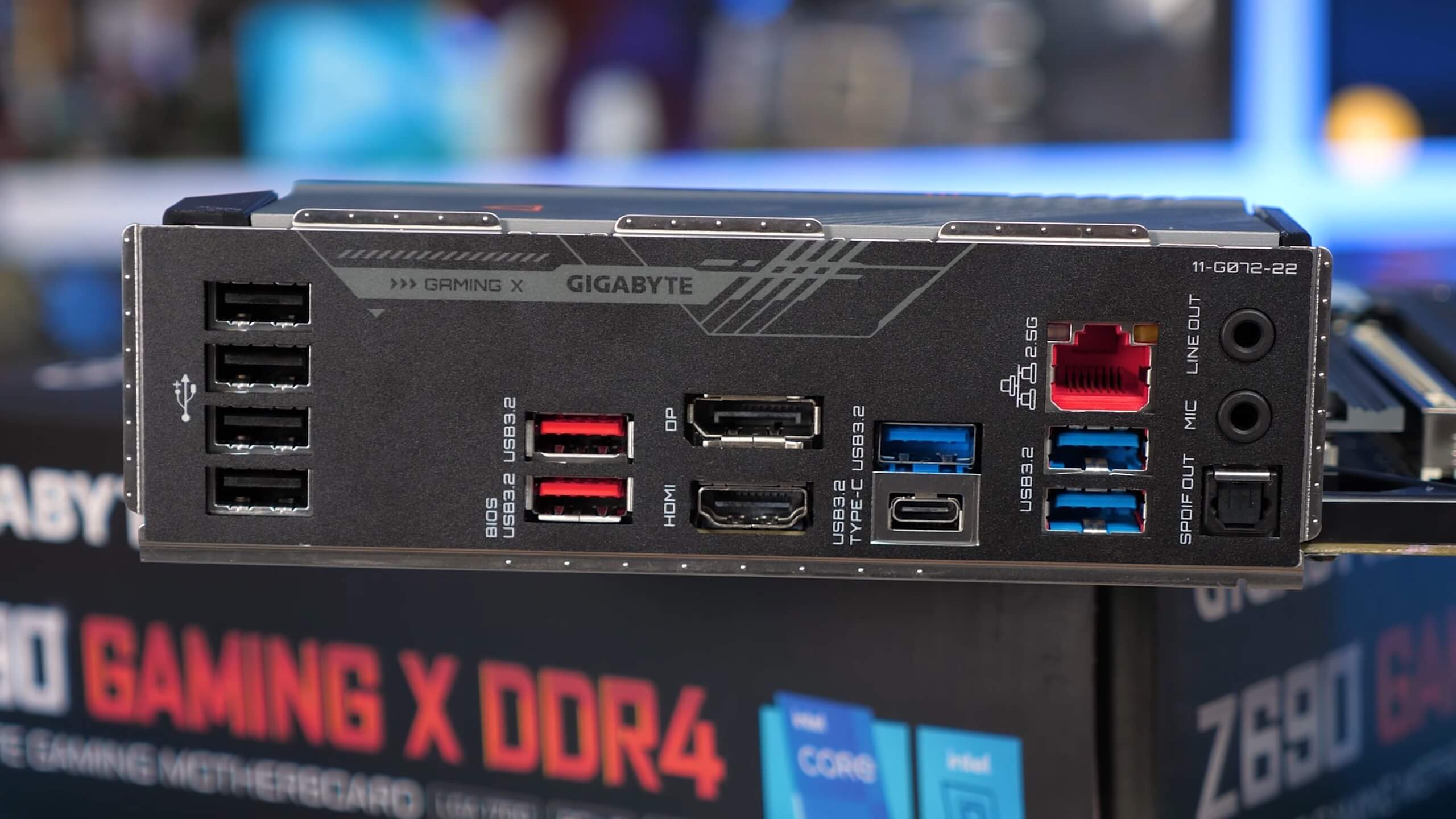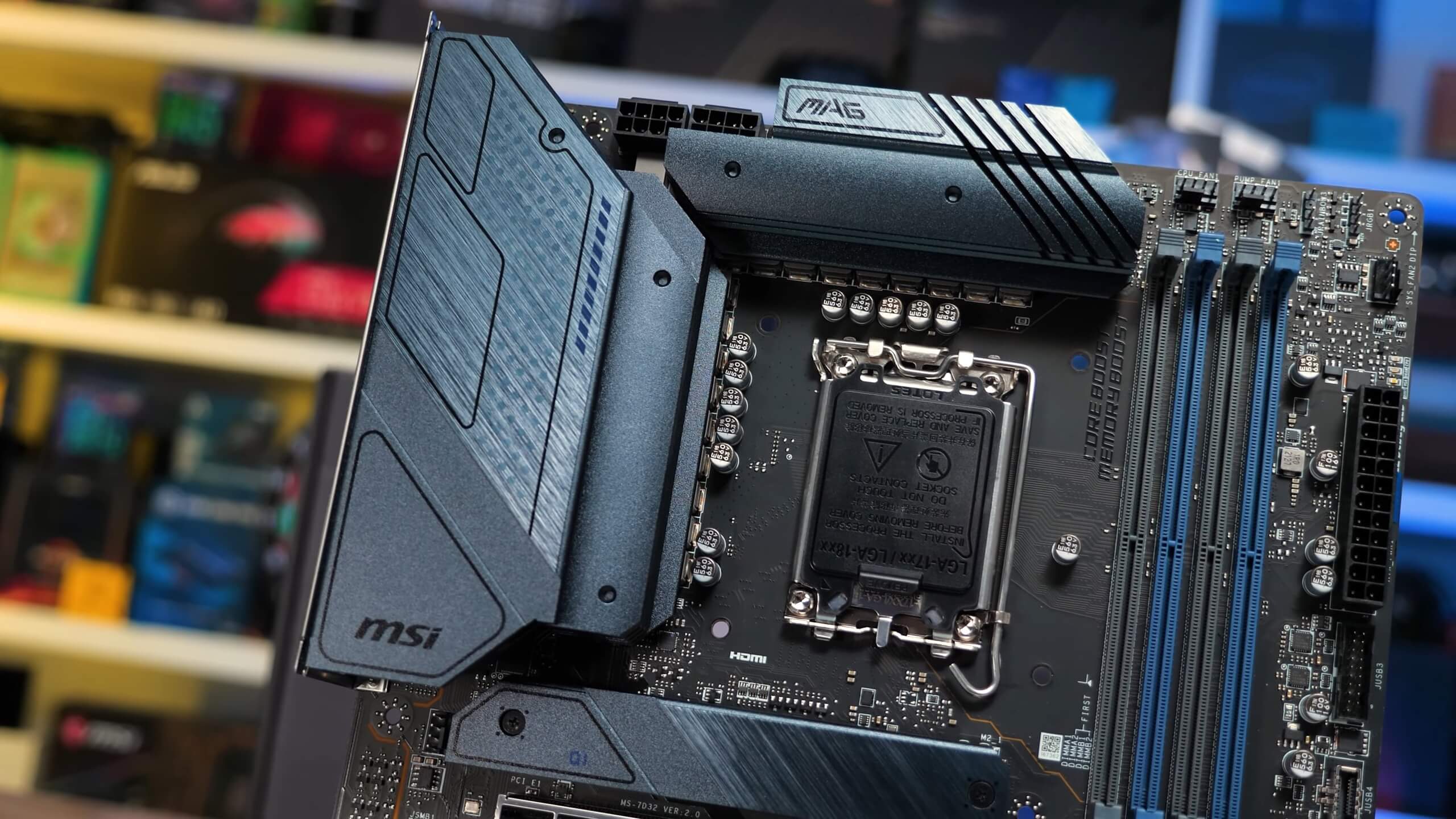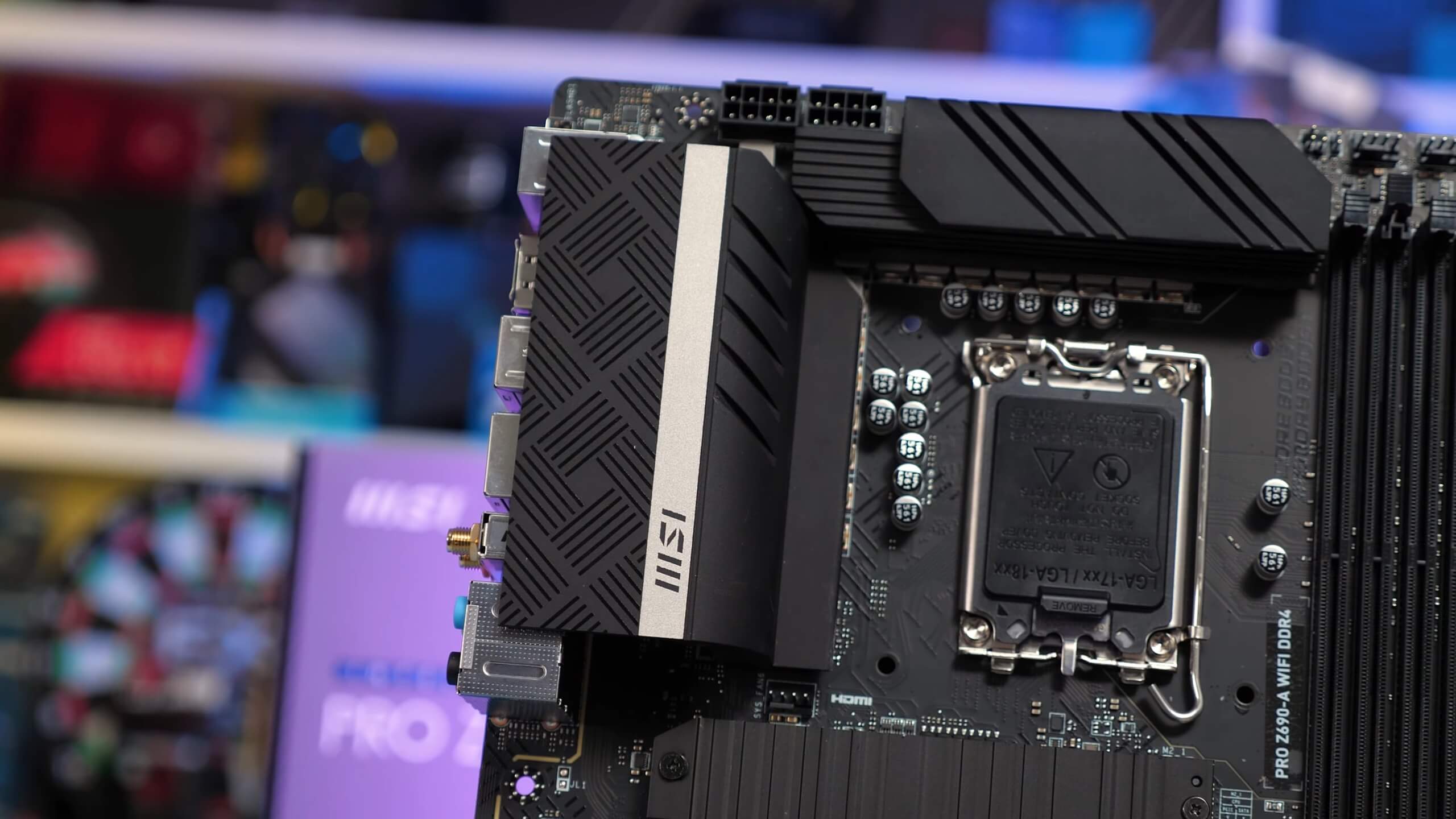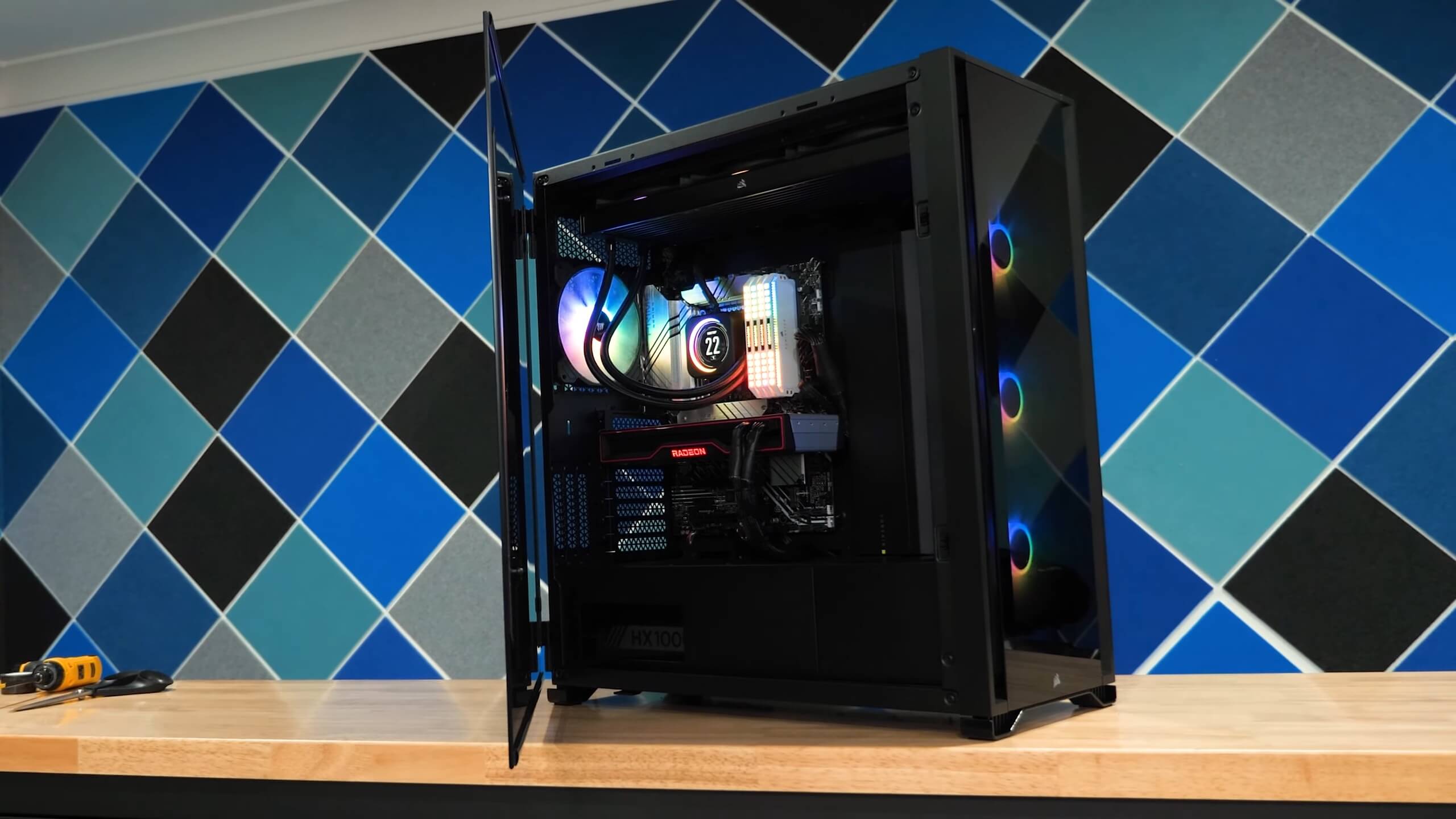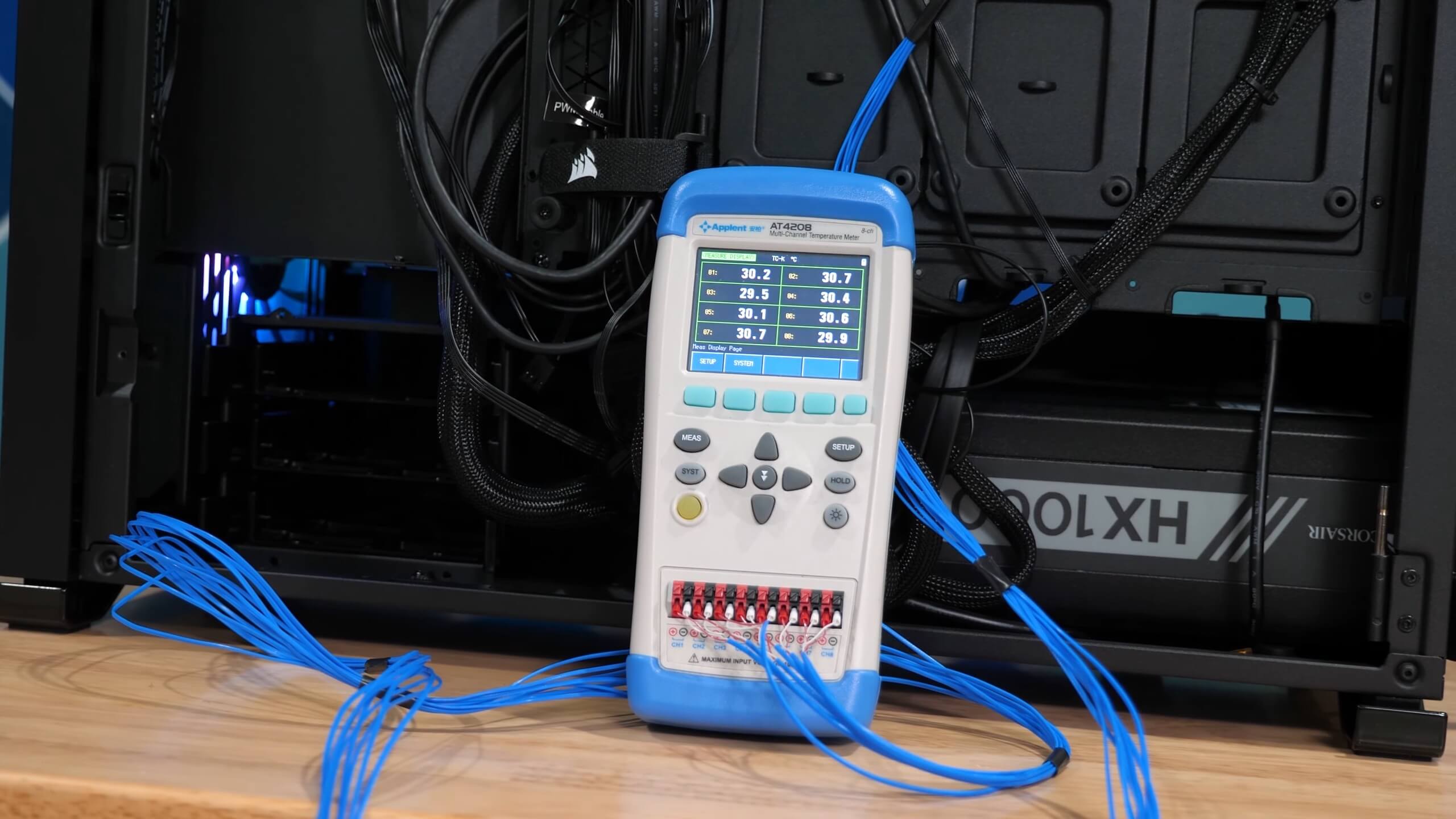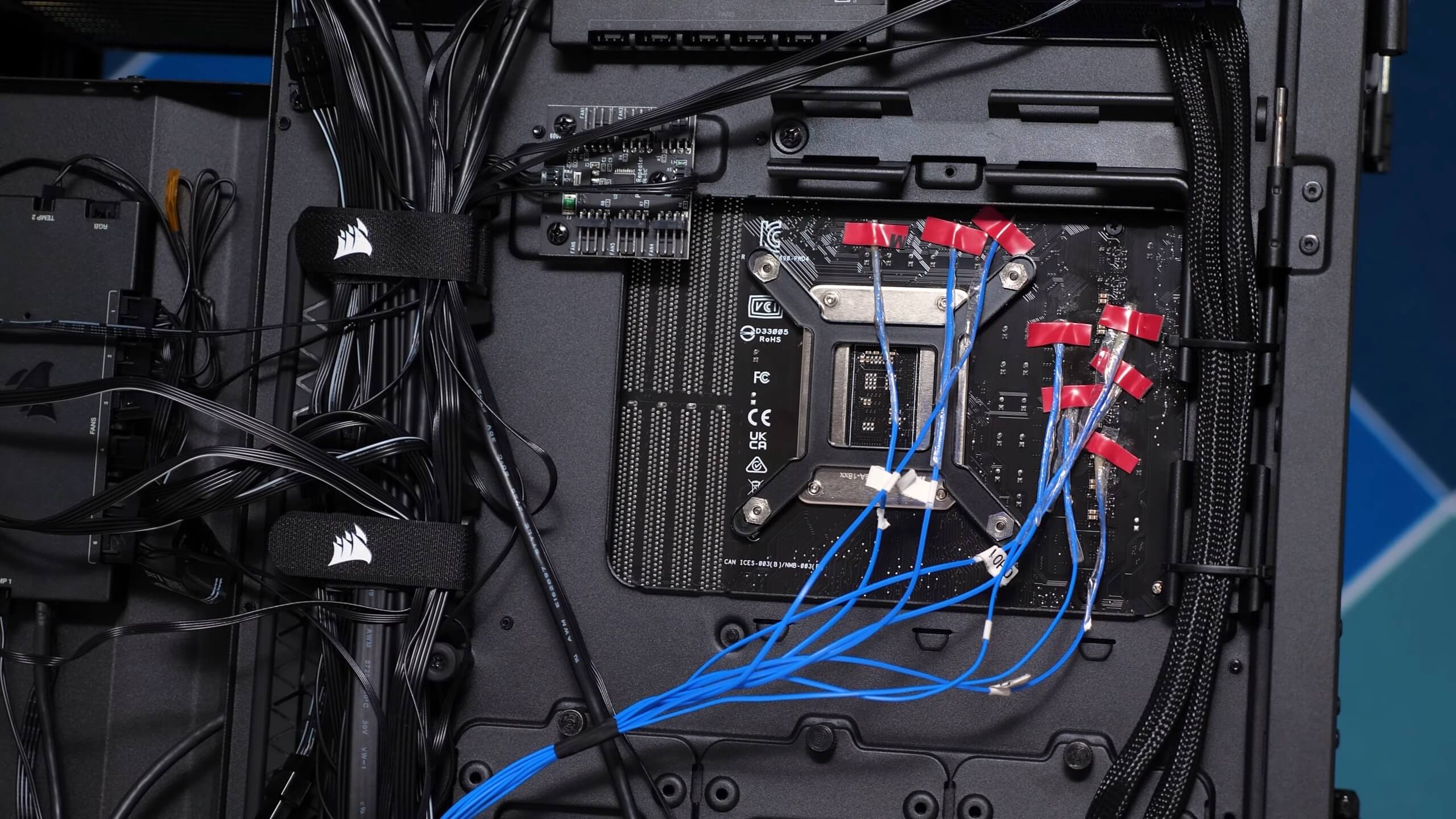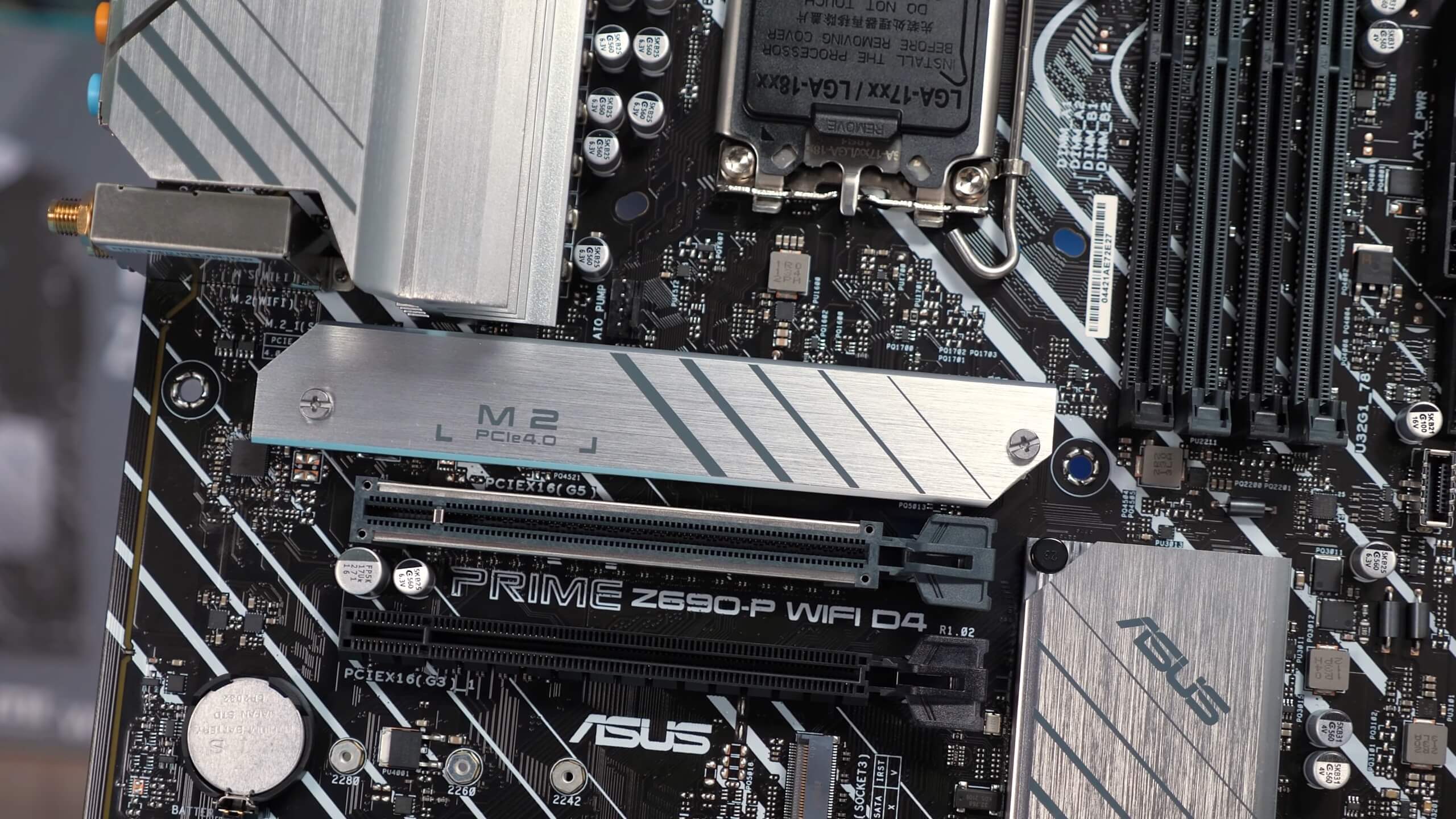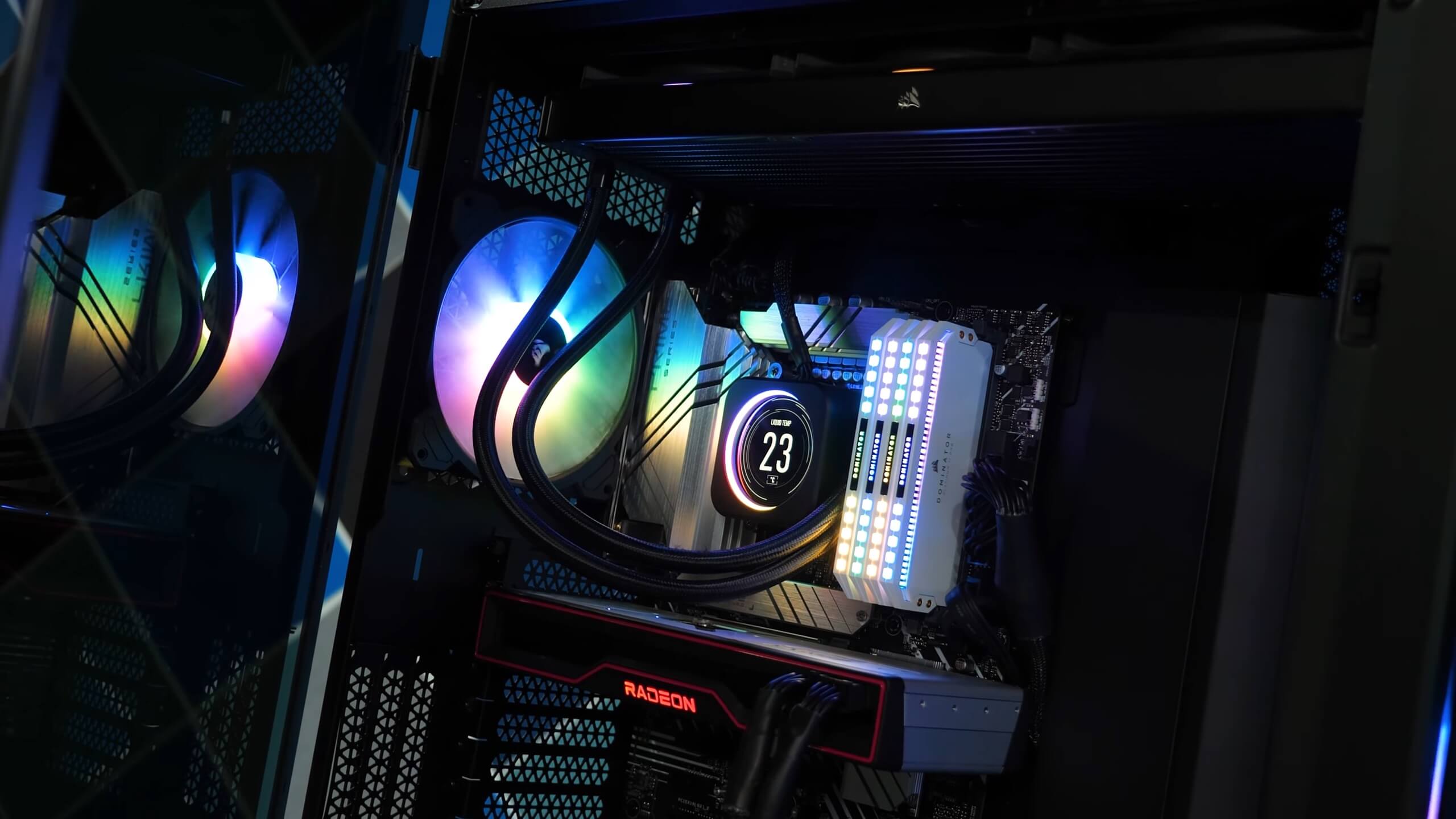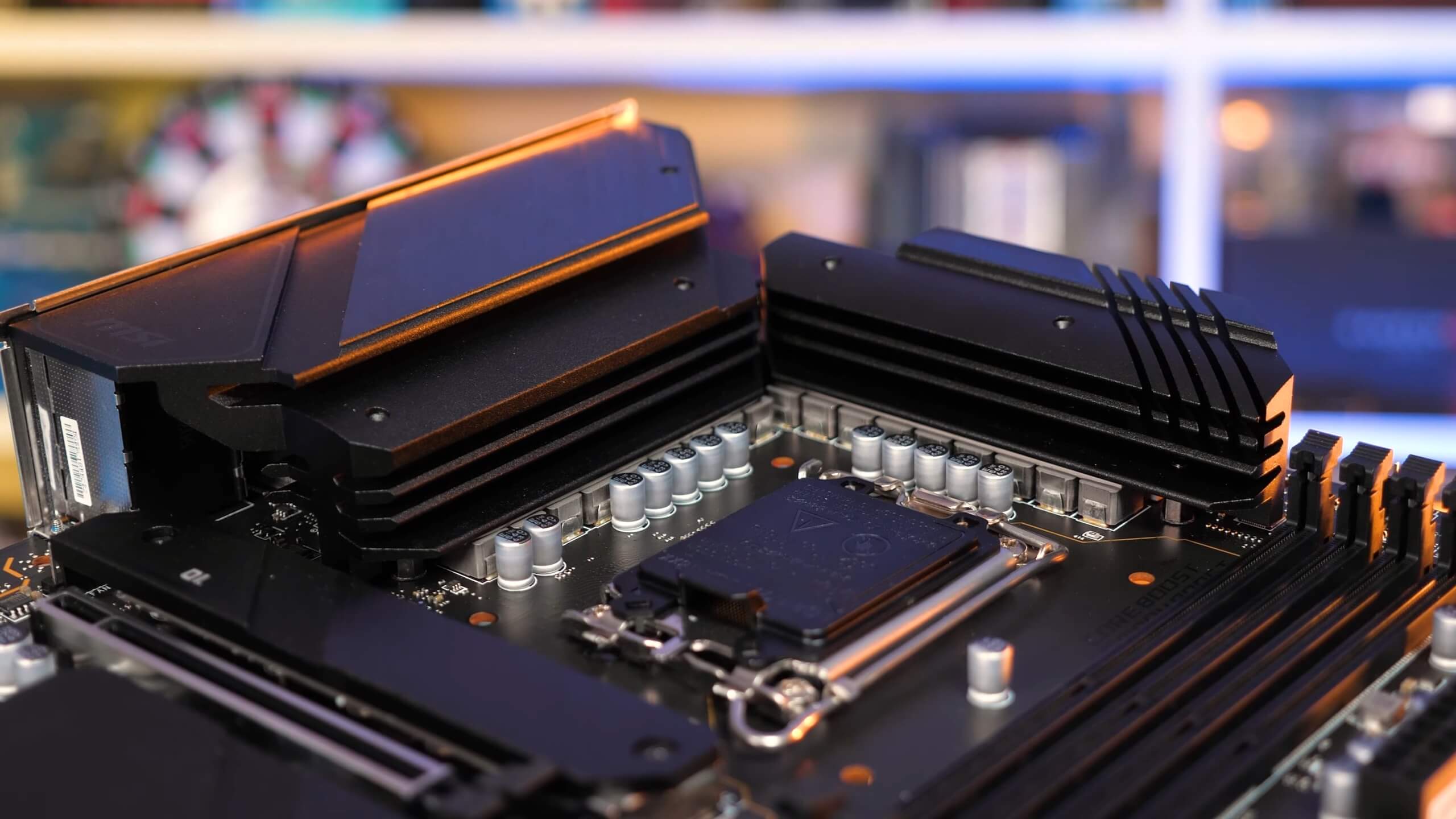Today we're taking a look at VRM thermal performance of nine Intel Z690 motherboards priced between $220 and $300. This price range can be considered "entry-level" for Z690, which may be a bit of a problem for the more affordable CPUs in Intel's new Alder Lake series like the Core i5-12600K, but for now those are your options until supporting H670 and B660 boards arrive next year.
So if you really want to make sure that the Z690 motherboard you buy is not hot garbage – as we found with the previous generation Z590 motherboards, yup that happened – here comes our VRM testing. On that note, there are no Asrock motherboards featured in this roundup and that's not because we're ignoring Asrock, but rather because we're still blacklisted by the company for accurate and honest reporting on the performance of their products.
Normally we'd just go ahead and buy their boards, and we will, but for some reason their entry-level models have yet to go on sale. We've preordered the usual offenders such as the Phantom Gaming, but they're not due to arrive until mid-December.
As for the rest of the boards, all were provided by the manufacturers with the exception of the Asus Prime Z690-P D4, which Asus refused to sample. It sounded like Asus HQ didn't have much faith in that product, so we've purchased it as well and thankfully we were able to do so in time for this test.
We'll be quickly going over the boards' features grouped by maker and then onto the testing...
Asus Z690 Motherboards
- Asus Prime Z690-P D4 - $220
- Asus TUF Gaming Z690-Plus WiFi D4 - $290
- Asus Prime Z690-A D5 - $300
These are the three Asus offerings selling at or below $300. Unfortunately, the Prime Z690-A doesn't have a DDR4 variant, so this board makes no sense, but we'll cover it anyway because at some point DDR5 memory will become available, and it will available at a reasonable price.
The Prime Z690-P D4 entry-level offering comes in either a DDR4 or DDR5 versions and both use 14 Vishay SiC654 50A powerstages for the vcore. This is one of the weakest VRMs you'll find on an ATX Z690 motherboard. That said, it's still capable, so it will be interesting to see how it tackles the 12900K.
The TUF Gaming Z690-Plus WiFi D4 is substantially upgraded in this respect as it uses 14 Vishay SiC659 80A powerstages, so at face value that's 60% greater current handling capability. There's also a DDR5 version of this board and it uses the same VRM.
Then we have the slightly more expensive Prime Z690-A which is a DDR5 only model and it uses Vishay's slightly weaker SiC643 60A powerstages, but there's sixteen in total. So the more expensive Asus models look good and the entry-level model should be decent.
Gigabyte Z690 Motherboards
- Gigabyte Z690 UD AX DDR4 - $220
- Gigabyte Z690 Gaming X DDR4 - $230
- Gigabyte Z690 Aorus Elite AX DDR4 - $270
From Gigabyte we have the Z690 UD AX DDR4 at $220, though there are five versions of this board, all use the same VRM and so the thermal results will apply to all models. Making up the vcore portion of the VRM are 16 OnSemi NCP303160 60A powerstages which aren't the greatest, but there's a lot of them so this budget Z690 board should perform well.
For $10 more they also offer the Z690 Gaming X DDR4 which comes in two versions: the DDR4 version that we have and a DDR5 version that does differ in VRM design. Both feature a 16 powerstage vcore using 60A powerstages, but whereas the DDR4 model uses the same OnSemi models as the UD versions, the DDR5 version has been upgraded to DrMOS 60A powerstages. We don't have the DDR5 model for testing, but presumably it will be better than the DDR4 version.
Then at $270 we have the Gigabyte Z690 Aorus Elite AX DDR4 which arrives in half a dozen versions which is extremely confusing. There are two Micro ATX models which feature just a dozen 60A power stages for the vcore and we're not sure what model powerstages exactly since Gigabyte won't give us this information – you've got more chance finding out what VRM components Gigabyte uses asking anyone but Gigabyte.
The MicroATX boards might be a bit on the weak side, but without knowing the exact powerstage models it's hard to say. For the ATX boards, we have the Aorus Elite and Aorus Elite AX, both with DDR4 and DDR5 versions. The DDR4 boards use different VRM components to the DDR5 models, with the former using 16 On Semi FDMF5062 70A powerstages for the vcore, and the latter DrMOS 60A powerstages.
MSI Z690 Motherboards
- MSI Z690-A Pro WiFi DDR4 - $220
- MSI Z690 Torpedo DDR5 - $280
- MSI Z690 Tomahawk WiFi DDR4 - $300
The MSI Z690 lineup is by far the most coherent and therefore consumer friendly. At the bottom of the stack is the Z690-A Pro WiFi DDR4 for $220. This board can be purchased with or without WiFi support and either option is available in DDR4 or DDR5 variants, meaning there are four models in total. The good news is that all four feature the same 14 phase vcore VRM uses Alpha & Omega AOZ5016QI 55A powerstages.
Then we have the Z690 Torpedo for $280 and like the Asus Prime Z690-A, this board only supports DDR5 memory, which is a bit awkward in the current market. There are two versions of the Torpedo, the one we have for testing and another with a custom EK waterblock, though we haven't seen that model out in the wild yet. Both feature a 16-phase vcore using MPS MP87992 70A powerstages and this is the same VRM configuration found on the slightly more expensive $300 Z690 Tomahawk WiFi DDR4, which we've also included in this review.
Finally, there are just two versions of the Z690 Tomahawk WiFi, one with DDR4 and one with DDR5 and thankfully both feature the exact same VRM design.
Testing Notes
Before we get to the graphs, let's talk about the testing conditions and methodology. For this article and for any future LGA 1700 VRM thermal testing we've built a dedicated system inside the Corsair iCUE 7000X case. Powering it we have the HX1000 PSU and iCUE H170i Elite Capellix for cooling.
The iCUE 7000X has been configured with a single rear 140mm exhaust fan and three 140mm intake fans, which is the stock configuration for this case. In the top we have the H170i 420mm radiator with three 140mm exhaust fans. This is a pretty high-end configuration, air-flow is good, and in a 21 degree room we'd say this is an optimal setup.
For recording temperatures we're using a digital thermometer with K-Type thermocouples. This allows us to report peak rear PCB temperature. but we're not recording Delta T over Ambient, instead we maintain a room temperature of 21 degrees and ensure a consistent ambient temperature with a thermocouple positioned next to the test system.
For testing we've got three CPU configurations, excluding the F variants, it won't shock you that we've tested with the 12900K, 12700K and 12600K. The stress test consists in looping Cinebench R32 for an hour, at which point we're reporting the maximum PCB temperature, recorded using k-type thermocouples.
Benchmarks
Starting with the Core i9-12900K results, we find the Asus Prime Z690-A at the top of our graph alongside the TUF Gaming Z690-Plus WiFi D4 with a peak temperature of just 60 degrees.
The MSI Z690 Tomahawk was up there as well, basically matching the two Asus boards with a temperature of just 61C. The MSI Z690 Torpedo also performed very well, though this is a DDR5 only model, so it has limited appeal right now.

The Gigabyte Z690 boards were all quite disappointing, despite turning in a satisfactory result. The Z690 Aorus Elite AX DDR4 reached 74C, making it quite a bit hotter than competing boards from MSI and Asus.
Interestingly, the Aorus Elite was barely any better than the Gaming X and UD. We're not sure what the limitation is with Gigabyte, but all boards ran in the mid 70s making them 10C to 15C hotter than most competing models. The only exceptions were the entry level MSI Z690-A Pro and Asus Prime Z690-P D4 which hit 74C, which is a decent result and as good as it gets for $200-ish Z690 motherboards.

Despite the variation in package power, all boards ran and maintained a P-core frequency of 4.9 GHz, and none of these motherboards were power limited out of the box. But because the new Alder Lake CPUs are quite complex, we've also included the Cinebench R23 score after the 60 minute stress test.
As you can see we're looking at no more than a 0.3% score variation between the various boards, so performance was identical.

The thermal margin between the best and worst boards shrunk considerably when using the Core i7-12700K. Here we're looking at no more than a 10C difference.
Again, the Asus Prime Z690-A and TUF Gaming Z690-Plus WiFi D4 delivered the best results. Then we have the MSI Z690 Tomahawk and Torpedo followed by the MSI Z690-A Pro. Oddly at the bottom of the graph are three Gigabyte boards, all of which peaked at 60C.
You might find it odd that these Gigabyte boards all hit the same peak temperature given they use different components, but we retested and even the onboard VRM temp sensors all peaked at the same 68C.

Then with the Core i5-12600K we're looking at up to a 6c difference between the best and worst boards. Of course at this point VRM temps are no longer relevant as all boards ran well within safe limits. So at least when picking from this bunch any will work just fine with the 12600K, even in warm climates and really the same is also true when paired with the Core i7-12700K.
Picking the Best Z690 Budget Boards
Although Asus refused to send out the Prime Z690-P D4, it's actually a decent budget Z690 motherboard. The MSI Z690-A Pro WiFi and Gigabyte Z690 UD AX DDR4 are arguably better, but there's certainly nothing wrong with the Prime Z690-P, assuming pricing is competitive in your region.
The good news is that all boards tested worked with even the most high-end LGA 1700 processor and were a long way off hitting PCB temps of 100C. You could thus say performance was acceptable across the board.
Where the Prime Z690-P D4 falls apart a little is when you look beyond the VRM, in terms of features it's not exactly stacked. On the I/O panel you'll find just half a dozen USB ports – two less than the MSI Z690-A Pro and four less than the Gigabyte Z690 UD. You also get one less M.2 slot than the Z690-A Pro and two less SATA ports.
There's also the Gigabyte Z690 Gaming X DDR4 for $230 which is a really nice looking board for the price, especially if you don't need WiFi.
The rest of the motherboards are priced very close to $300, and the weaker VRM thermal performance of the Gigabyte Z690 Aorus Elite AX DDR4 makes it less appealing at this price. The Asus Prime Z690-A and MSI Z690 Torpedo only support DDR5, so they're off the table for most, leaving the Asus TUF Gaming Z690-Plus WiFi D4 and MSI Z690 Tomahawk WiFi DDR4.
In terms of VRM thermals, they were much the same, so no real winners. They're also very similar feature-wise with comparable I/O connectivity, they both offer WiFi 6, 2.5 GB LAN, 4 M.2 slots and pre-installed I/O shields. The Tomahawk does come with 2 extra SATA ports and an additional full length PCIe x16 slot, though it's only wired for x4 bandwidth. Overall they are very similar, so it will come down to pricing and availability when you're shopping for them.
Shopping Shortcuts
- MSI Z690-A Pro WiFi DDR4 on Amazon
- Gigabyte Z690 UD AX DDR4 on Amazon
- Gigabyte Z690 Gaming X DDR4 on Amazon
- Asus TUF Gaming Z690-Plus WiFi D4 on Amazon
- Asus Prime Z690-P D4 on Amazon
- MSI Z690 Tomahawk WiFi DDR4 on Amazon
- Intel Core i5-12600K on Amazon
- Intel Core i7-12700K on Amazon
- Intel Core i9-12900K on Amazon
